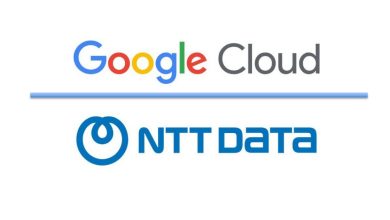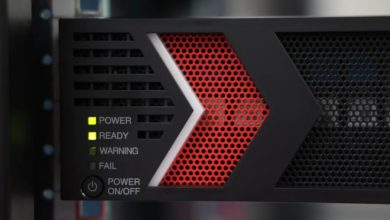Harnessing AI and Modernisation is Pivotal for Business Evolution and Talent Retention

By Praveen Kumar, Vice President for Asia Pacific at Rocket Software
 Innovation is at the heart of what drives technology companies forward. More importantly, the engine propelling this is the team of tech talents.
Innovation is at the heart of what drives technology companies forward. More importantly, the engine propelling this is the team of tech talents.
However, securing top talent is a constant challenge. As innovative technologies like artificial intelligence (AI), cloud solutions, and advanced analytics emerge, the next generation of tech professionals are eager to use them. So, for organizations that rely on the mainframe, modernization is critical to attracting and securing sought-after individuals.
Dispelling Mainframe Myths
The value of mainframe technology in the business sector cannot be overstated—it enables everything from financial transactions to logistical operations. Despite their important role, mainframes are frequently viewed as less glamorous. Whether that is true, or a misconception is secondary.
Instead, it is more important to lay the foundations that improve workflows, optimize systems, and enhance data management—as these all make an IT role more appealing.
The Critical Role of Open Source
In discussions about attracting and empowering the next wave of tech talent, the importance of open-source software invariably comes up. Historically, open-source tools might not be associated with a highly secure infrastructure like the mainframe. However, as organizations seek more effective ways to develop applications and enter new markets, open-source software offers unique possibilities.
Additionally, newer generations entering the workforce have different expectations. Every generation wants to use the tools they’re familiar with so embracing open-source software – Git, Python, and cURL – is more likely to win favor from new entrants to the workforce.
The Role of AI in the Asia Pacific Region There is no doubt that we’re in the era of AI. According to Nutanix, AI will be more than just a technology trend; it will be a core driver of business transformation in the Asia-Pacific region. The most used AI technologies currently include customer service robots and other generative AI technologies.
However, the report also highlights a significant skills gap in generative AI, with 90% of organizations lacking the necessary data science skills to support these technologies.
Furthermore, an IDC report predicts that by mid-2025, AI and generative AI will have significantly impacted half of the Asia-Pacific workforce, integrating advanced technology into enterprise operations. These changes are expected to enhance efficiency and automate routine tasks, but they will also create new demands on labour skills and organizational behaviour.
Therefore, it is imperative that manufacturers rethink and adjust their strategies in line with these forecasts. Failing to do so will be a surefire way to push top talents away and fall behind the competition. Simply put, transformative new technologies necessitate businesses to ensure their mainframe systems keep pace. This, ultimately, demonstrates to prospective talents the organization’s commitment to true, revolutionary innovation.




